Caracas is the gateway to Venezuela and is accessible by flights from Europe and the USA, as well as the rest of South America. Many international flights also fly to Margarita Island directly.
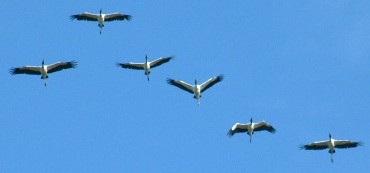
Wood Storks in formation over Los Llanos
|
Flora & Fauna Areas Venezuela Flora/Fauna Related Pages Venezuela Home |
Venezuela Birds
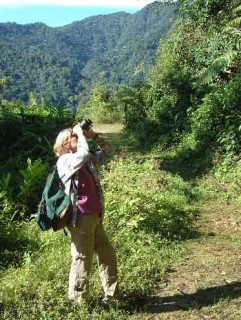 |
Venezuela! A birders paradise!!
We've been able to continue using
A Guide to the Birds of the West Indies We took a wildlife safari into Venezuela's interior: an area called Los Llanos (the plains) which is really as close to Botswana's Okavango Delta in Africa as one can get in terms of the area being a bird haven, half the year flooded, half dry. We visited at the end of the wet season, meaning there were still many flooded grasslands filled with birds and we could travel up Venezuela's Apure River and its smaller tributaries by long metal canoe (with outboard). |
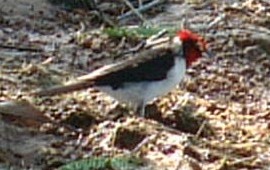 |
The Red-capped Cardinal is one of the bright birds of Los Llanos, Venezuela. Here, feeding in the mud by a flood-plain in Los Llanos. |
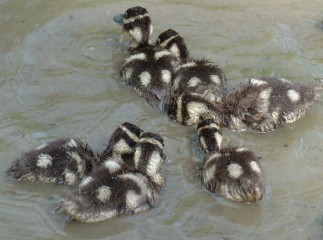 Probably white-faced whistling ducklings |
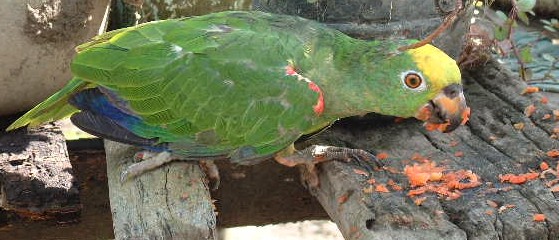 Yellow-headed parrot on a river farm, Venezuela. |
Top Level: Home | Destinations | Cruising Info | Underwater | Boat Guests | Ocelot | Sue | Jon | Amanda | Chris | Site Map | Make a Comment
|
If our information is useful, you can help by making a donation |
Copyright © 2000‑ Contact: Jon and Sue Hacking -- HackingFamily.com, svOcelot.com. All rights reserved.